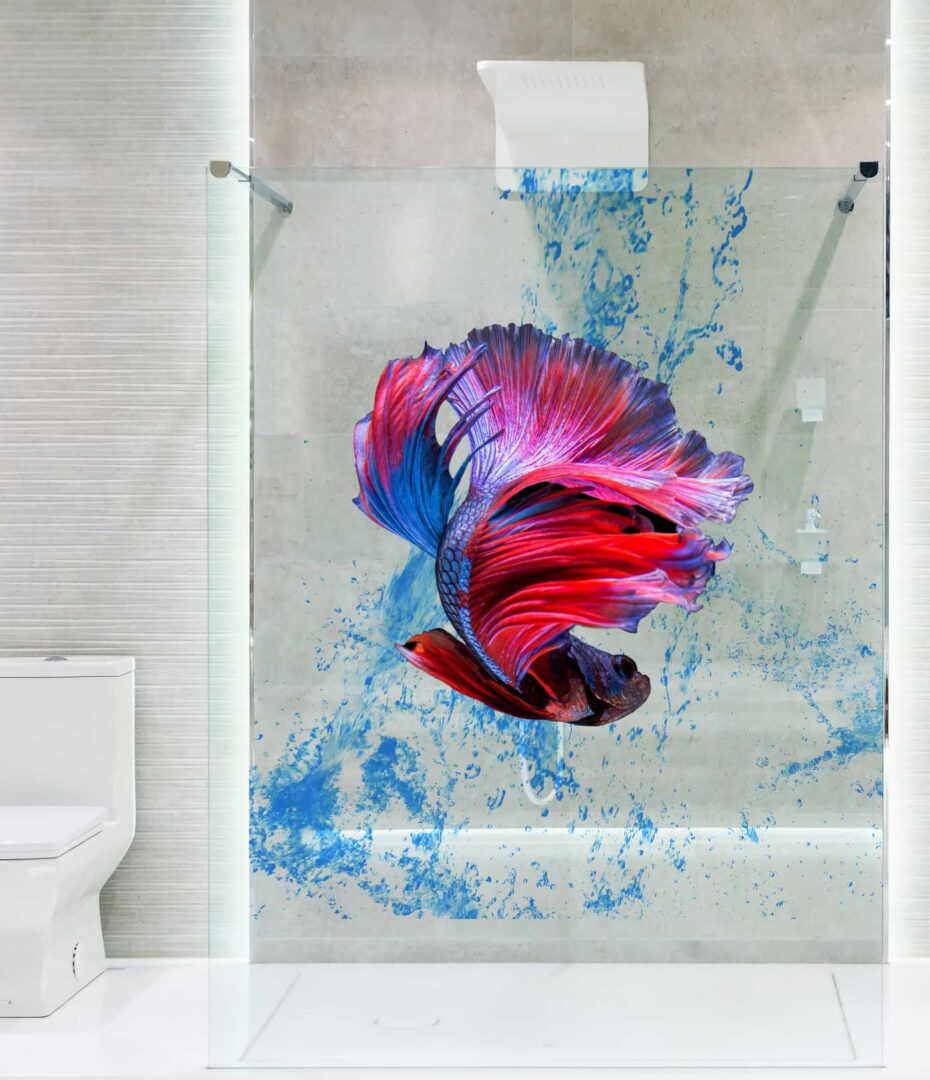Nano Shield lacquering – “easy to clean”
Nano-shield – transparent protective coating is a special protective coating for glass showers, sanitary ceramics or glazed tiles
for sanitary cells, which greatly facilitates sanitary cleaning and significantly reduces maintenance. On these extremely smooth surfaces, the droplets aggregate into large beads which, together with trapped dirt such as soap residues, run off almost without residue.
The nano-surface treatment causes a significant increase in surface smoothness, reducing the rapid build-up of limescale and other contaminants such as bacteria. This makes the surface easier to clean. This significantly saves time and costs in daily cleaning.
Paint Signapur
It is a transparent protective nano-coating cured with UV light.
Signapur has the same properties as the Nano Shield.











